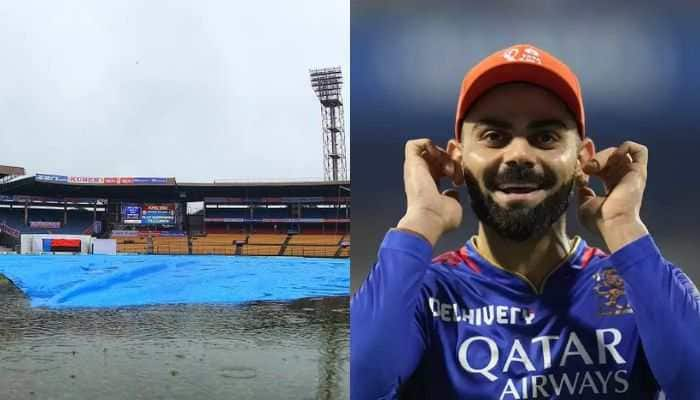Never-seen-before birthing of ice cloud in a laboratory! - Watch stunning time-lapse video
Scientists have witnessed the birth of atmospheric ice clouds, creating ice cloud crystals in the laboratory and then taking images of the process through a microscope.
Trending Photos
Delhi: It is simply mesmerising.
Scientists have witnessed the birth of atmospheric ice clouds, creating ice cloud crystals in the laboratory and then taking images of the process through a microscope.
Nature World News quoted Science Daily as saying that the process witnessed by an international team of scientists is called ice nucleation.
This happens when a particle attracts water vapour, forming ice crystals that become the core of icy cirrus clouds.
The ice nucleation formation was captured by using environmental scanning electron microscope (ESEM).
This is an instrument that can amplify subjects in a gaseous environment.
It captured photo every 3 seconds and put them together in time-lapse video.
First author Bingbing Wang, a scientist formerly with EMSL, the Environmental Molecular Sciences Laboratory at the Department of Energy's Pacific Northwest National Laboratory was quoted as saying, "This is one of the most critical but least understood parts of the process of how cold clouds form."
"The fundamental process of how ice grows is relatively well understood, but ice nucleation — that moment when the first group of molecules comes together, remains a big challenge," Wang, who is now a professor at Xiamen University in China, added, as per pnnl.gov/news/release.
To further quote pnnl.gov/news/release - "The environmental high-resolution scanning electron microscope was able to record regions on the particle only 50 nanometers wide, about one-thousandth the width of a human hair. To the untrained eye, the exercise is similar to staring out into space searching for small dots that are actually stars and planets. In the ice nucleation movies, small ice crystals barely visible at first grow as water vapour freezes onto them."
Watch the video below (Courtesy - YouTube):
Live Tv







)
)
)
)
)
)
)
)
)
)
